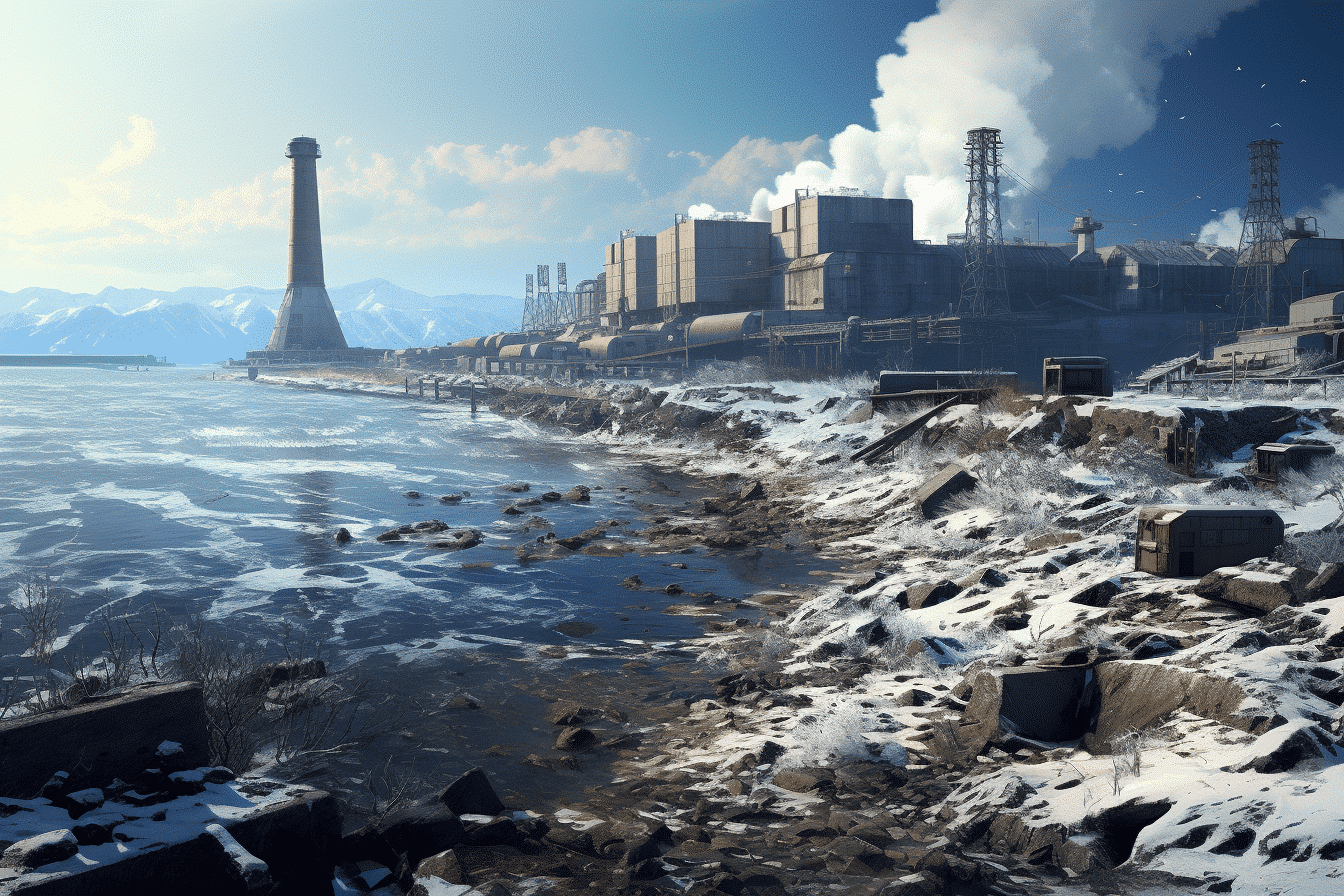In 2011, the meltdowns at the Fukushima Daiichi nuclear power plant caused worldwide dismay; even today, the damaged reactors are still being cooled with water, but the storage capacity for this water is diminishing
On March 11, 2011, a powerful earthquake and a massive tsunami at the Fukushima Daiichi nuclear power plant triggered one of the worst nuclear disasters since Chernobyl in 1986, leading to several meltdowns.
The damaged and radioactive reactors still need to be cooled with water, which is stored in tanks. However, as the space for these tanks is limited, the operator plans to divert the contaminated water into the Pacific Ocean after filtration and dilution.
Japan intends to direct the water through a specially built tunnel that extends about a kilometer into the sea, after it has been cleaned and diluted.
This measure is necessary because the reactors at the nuclear power plant, owned by the Tokyo Electric Power Co. Holdings (Tepco) company, were significantly damaged due to the earthquake and tsunami. These damages led to meltdowns, with melted nuclear fuel still present in the facility, contaminating the water used for cooling.
What dangers are to be expected?
To treat the contaminated water, Tepco utilizes an advanced liquid processing system called the Alps system. This system can filter out many substances, except for tritium.
Tritium, the radioactive form of hydrogen, poses a certain risk. Tepco intends to dilute the processed cooling water to reduce tritium concentration. The International Atomic Energy Agency (IAEA) has determined that Japan’s plan to release the water into the ocean complies with international safety standards. Minimal radiological effects are expected.
Before the decision to dispose of the water in the ocean, other solutions were considered over a span of six years. Options such as deep geological storage or evaporation were discussed. Some experts suggested binding the water with cement, but this was rejected by the Japanese government.
Critics are concerned, especially about the potential inadequate water sampling by Tepco. Some local fishermen are also worried about negative impacts on their livelihoods, while China has urged Japan not to release Fukushima’s cooling water into the sea.
Despite these concerns, the European Union recently lifted its restrictions on food imports from Fukushima. The IAEA believes that the radiological impacts will be minimal, and Japan plans to regularly test seafood for tritium.
It’s estimated that it could take up to 40 years to fully clean up the situation in Fukushima. The process of releasing the water into the sea is expected to take around 30 years.
China’s Reactions
In recent developments, China has urged Japan to halt the release of processed water from Fukushima into the sea, threatening further actions to protect the environment and public health. Despite this opposition, Japan plans to commence the release in the coming days.
